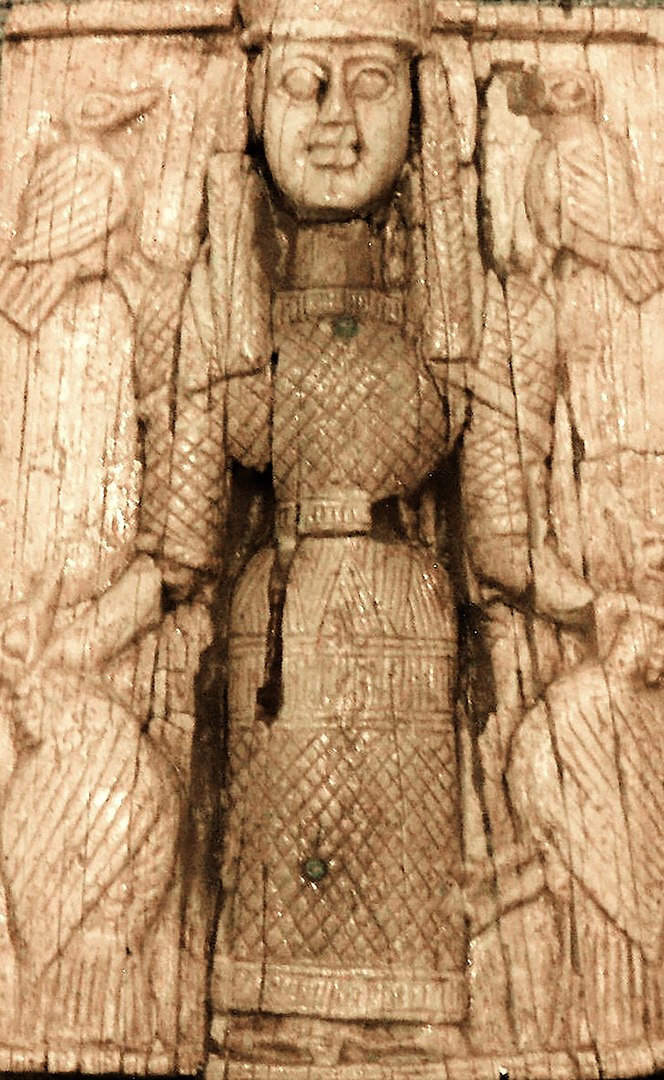Lorem ipsum dolor sit amet, consectetur adipiscing elit. Morbi eu nulla vehicula, sagittis tortor id, fermentum nunc. Donec gravida mi a condimentum rutrum. Praesent aliquet pellentesque nisi.


This thesis studies the effects of colonization in Asia Minor on the cult of the Hellenic Artemis, as the Greek goddess comes into contact with and is influenced by her Asian counterparts. The result of this contact is a goddess whose nature both remains unchanged and is changed, being at the same time both Greek and Oriental, and whose new image, reshaped after the Asiatic Mother Goddess, reflects the religious needs of her new worshippers, who were themselves a mixture of Greek and indigenous peoples. The first part of this work investigates the nature and functions of Artemis in Greece, exploring in the greater detail the goddess’ connections with nature, childbirth, and the different transitions undergone by individuals and communities. The second part looks at the cult of Artemis in the four major centres of the goddess’ worship in Asia: Ephesos, Sardis, Magnesia on the Maiander and Perge. In order to explore more closely Artemis’ connections with the Mother Goddess, whom the former replaces, a survey of the Asiatic precursors of Artemis was necessary. Consequently, this study attempts to analyse the nature and functions of other goddesses in Asia, related to the Mother Goddess, namely Kubaba-Kybele, Ma, Atargatis (a conflation of Anat, Astart and Asherah), Anahita and Ishtar, goddesses who share various features not only with each other, but with the Hellenic Artemis as well. The study of these goddesses follows the order in which Greek colonists encountered them. The thesis concludes with a synthesis and summary of the particular features of the Hellenic Artemis which facilitated her identification with various examples of the Asiatic mother goddess.